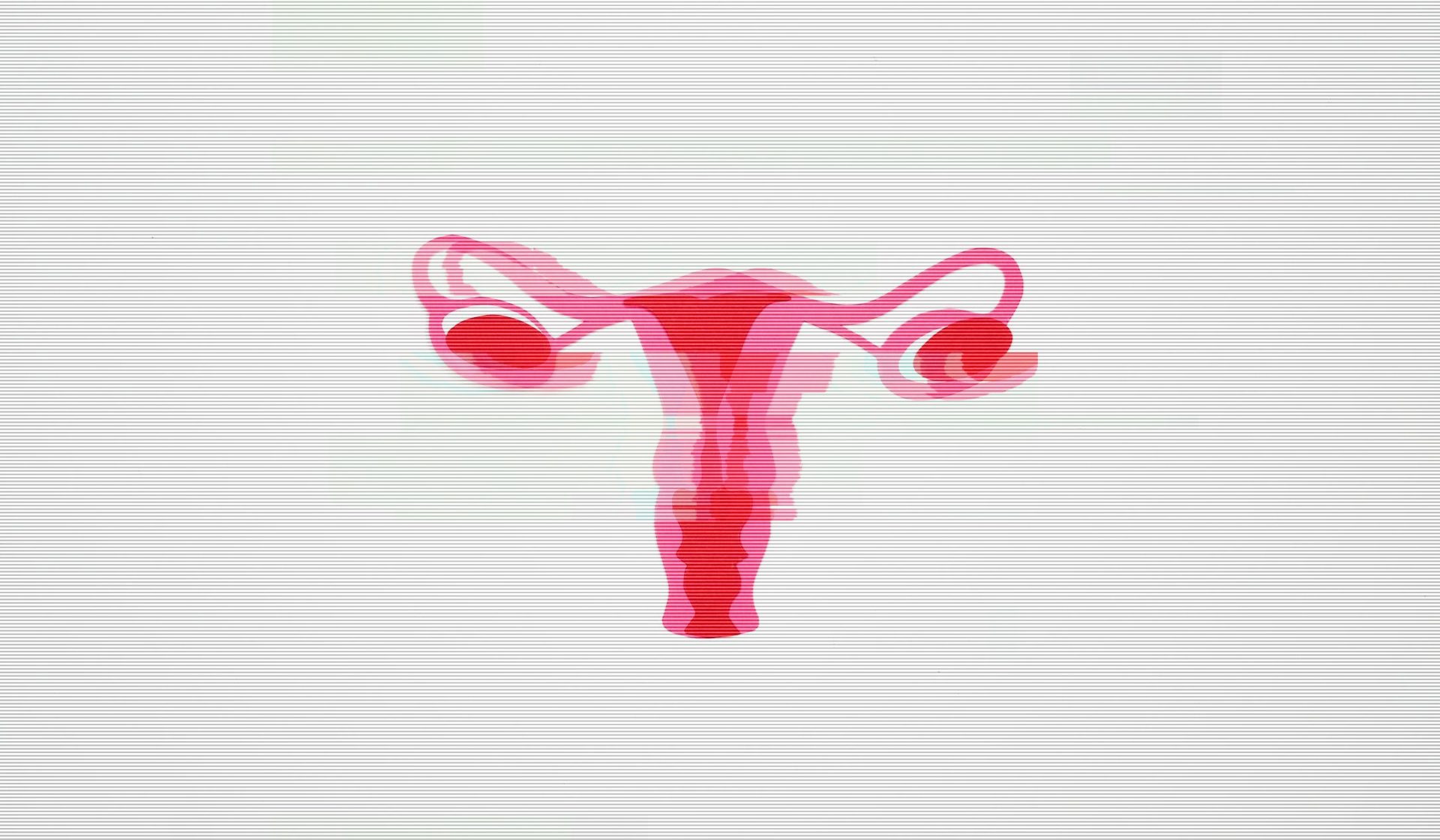Medical conditions affecting people with vulvas are notoriously understudied, but recent developments in the field suggest that things might finally be about to change.
Scientists at the Wyss Institute at Harvard University have created the world’s first ‘vagina on a chip,’ a development that could prove significant in bridging several knowledge gaps on women’s sexual health.
It comes amid growing furore towards prevailing bias in the medical sphere, which still sees gynaecology chronically under-researched and misunderstood.
That’s despite the ongoing pervasiveness of female-specific illnesses like endometriosis, perimenopause, and polycystic ovary syndrome (PCOS).
Seeking to confront these systemic failings, the scientists at Harvard designed a small device containing live human cells that replicates the cellular environment of the vaginal canal.
The model was grown inside of silicone rubber chips the size of a stick of gum, forming channels that respond to fluctuating oestrogen levels and bacteria.
So far, it’s been able to mimic key features of the vaginal microbiome, the swarming communities of bacteria that play a crucial role in the organ’s health.
What’s so promising about this tech is that it offers a controlled environment that’s outside the human body, meaning researchers can test and retest how different bacteria (and eventually new treatments) affect the vagina – without requiring anyone to participate in these experiments.



















